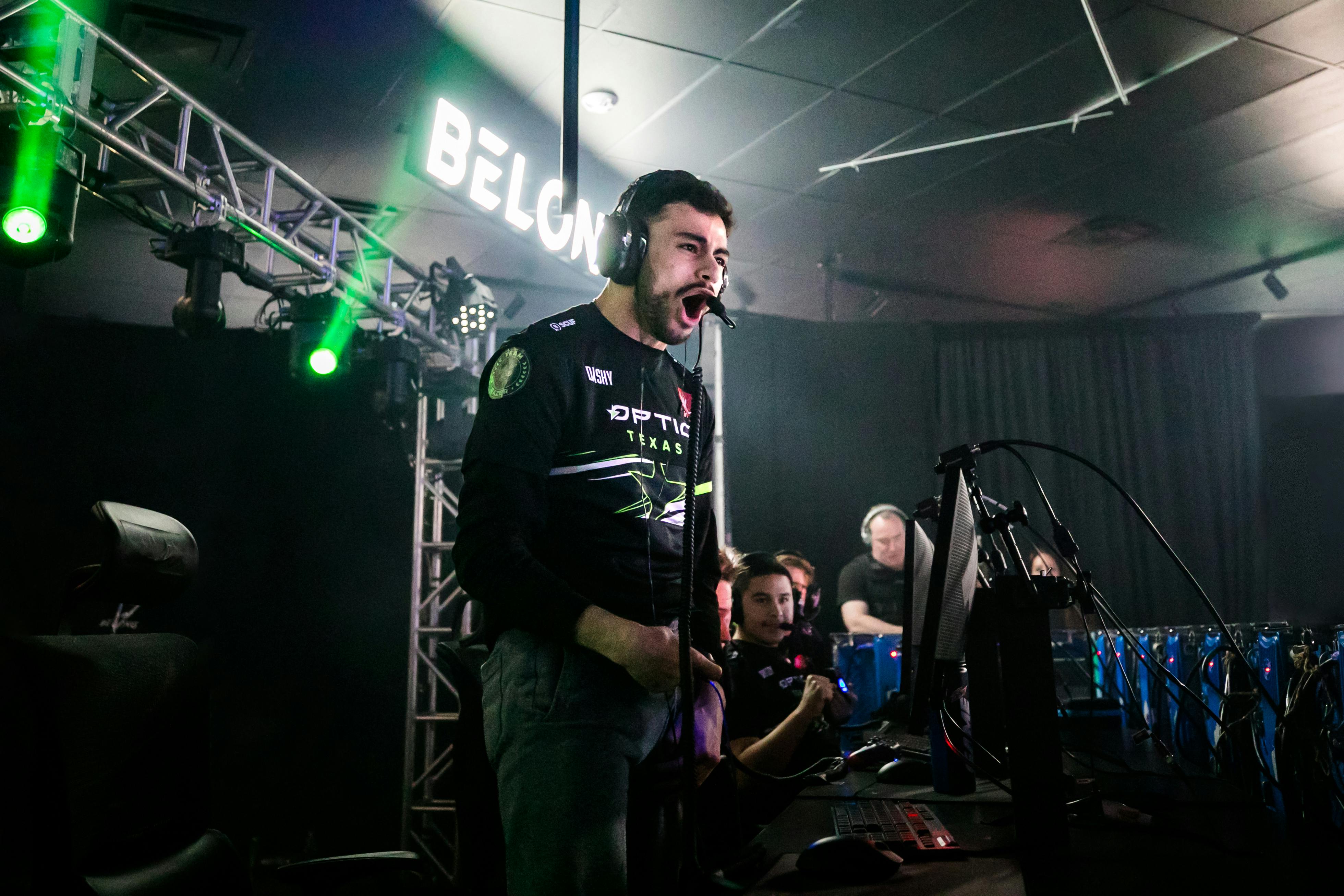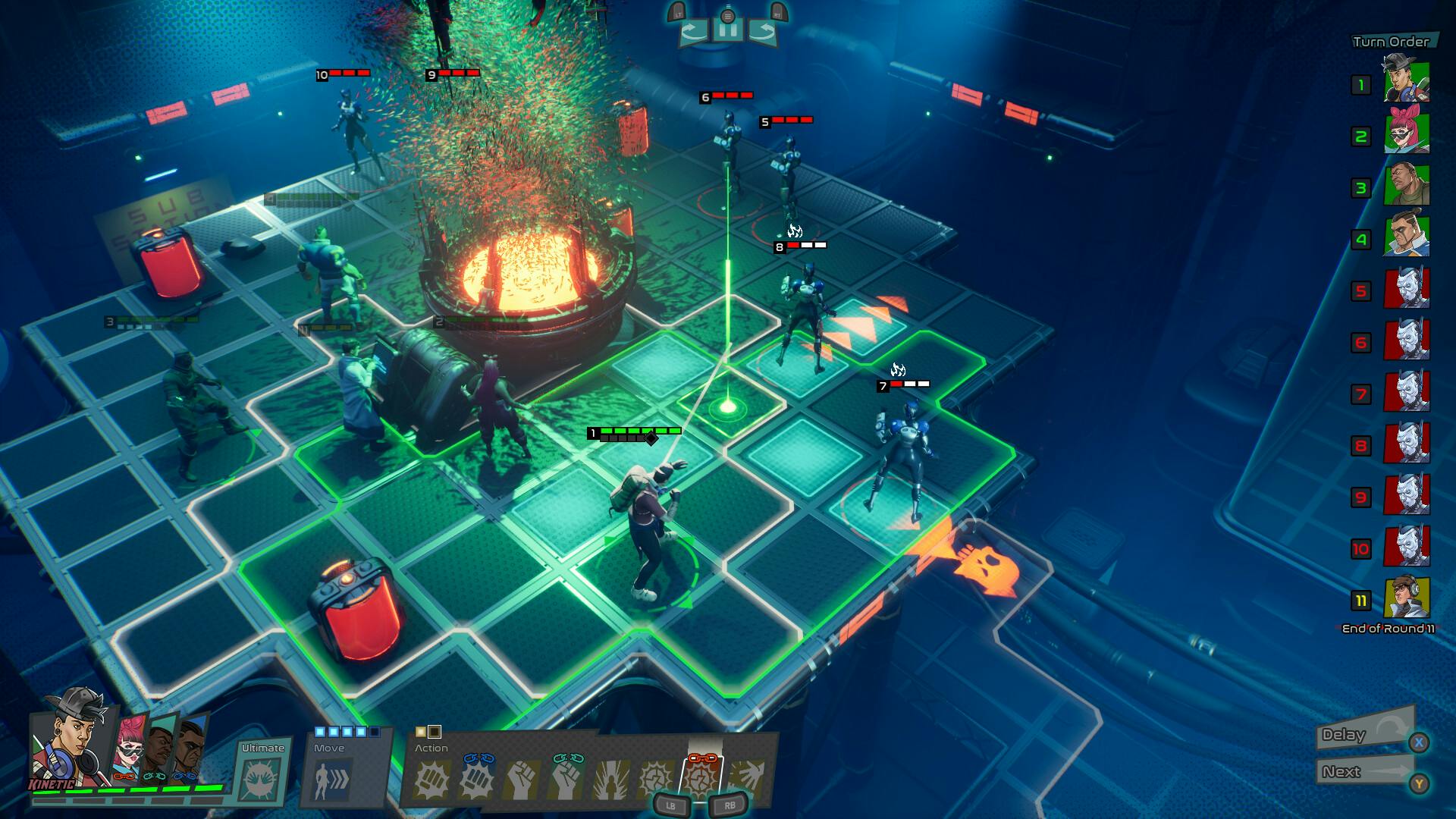There are a lot of comparisons between esports fans and IRL (In Real Life) sports fans. It’s easy to assume that the fans are similar, both are spectators and have multiple leagues and ladders which are sponsored by a range of businesses and organisations. We’ve talked about esports fans in the past about how engaged they are on the internet and the types of fans you’ll be marketing to when you look to invest your marketing budget into esports. Today we are going to tread the fine line between IRL sports fans and esports fans.
Esports Fans Are Just As Engaged
According to NewZoo, there is a similar number of people consuming IRL sports and esport content.
Similar to sports, a large share of the total esports audience does not play the game(s) themselves. Live streaming services like Twitch and its Asian counterparts have more than 100 million unique viewers each month, and games as a theme are equal to music on YouTube. Live esports events draw up to 100,000 visitors over a weekend
Esports Fans Are More Connected With One Another
Esports fans have the internet to thank for how connected they are with other gamers from around the world. As long as you have a decent internet connection, they can watch, stream and play with people around the world. This connection isn’t just with borders however, this is across a multitude of games and languages as well. Connecting with each other in the world of esports is much easier that connecting with sports fans around the world. Large events function in a very similar spectacle to IRL sports when competing at a professional level, but the fandom can engage with each other a lot easier on an international level when it comes to interaction with one another.
Cultural barriers that once split the gaming community into native enclaves are now being torn down through social media platforms, most notably on Twitter. Online forums that are overcrowded with several different languages are slowly making way for the 140 character count giant. Twitter’s translation tool worked wonders for fans communicating with each other from Beijing to Birmingham. Twitter is now also the one-stop-shop for all the latest esports news, updates and gossip, and recent announcements revealed that over 1,500 hours of esports content will be streamed on the platform
Esports Has More Fan Created Content
We’ve touched on fan created content in a previous article, however in this article we are going to make the comparison between fan created content for esports and IRL sports specifically on the internet.
When we refer to fan created content, we aren’t talking about the recap of a game in either medium or outtakes of professional games in the form of a compilation or review. These happen in both sports and esports, but many esports fans also play the games they follow. You have a lot of people creating content around these games, and these can happen at any time. Unlike IRL sports where they happen regularly however there is significantly more planning involved for spectators to have their eyes on the screen and watching a game.
Esports Is Moving In On The IRL Sports Territory
According to Jay Massaad from Esports Insider “An ageing audience has left some major sports with stagnating viewership, especially across the US, as leagues fail to catch the attention of younger fans; which is precisely the demographic that is turning to competitive gaming for their entertainment” Esports Insider, 2020
As the general population, industry and technology grows, a higher consumption of games has also increased. This could also be impacted by the higher internet usage and content consumption the internet has (where a lot of esports matches, events and content is created and consumed) compared to free-to-air and mainstream television series.
Newzoo also supports this claim “Among American male millennials (age 21 to 35), esports is just as popular as baseball or ice hockey, with 22% watching it”. (NewZoo)
In Conclusion
We see a large number of comparisons between esports and IRL sports and how they are similar and different among their respective audiences. We know that esports fans and IRL sports fans are just as engaged, how esports fans are more connected on social media, the amount of fan created content online and the growth of esports in the younger generation. It’s an interesting comparison to see growth and down the track, it will be compelling to see how esports compares to IRL sports over the next few years.
GAMURS GROUP CAN HELP YOU REACH THESE AUDIENCES
As the leading esports media network, we want to connect you with a passionate, untapped, tech savvy audience. We use organic reach across all of our platforms and work to produce the highest engagement possible. Reach out to us here.
Photo by JESHOOTS.com from Pexels




